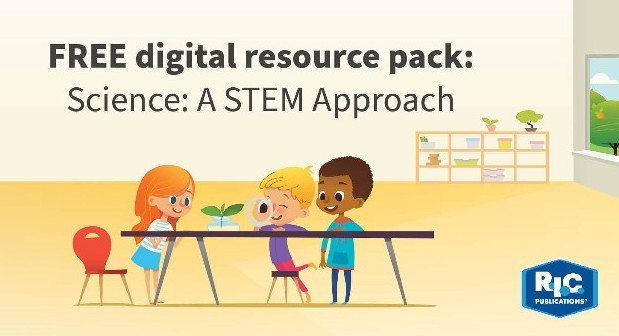- Wednesday 26 October 2016
- 0 Comments
Education departments around the world are committing huge amounts of money towards emphasising STEM in education. Let’s start with what STEM isn’t:
- part of a plant
- world domination by robots
- a mysterious language of computers that is too difficult for any regular person to grasp
- too hard to teach in a jam-packed day and not that necessary
- a new concept that I don’t have time to understand.
Now that’s out of the way, this is what STEM actually is:
- project–based learning that allows children to integrate knowledge and skills from science, technology, engineering and mathematics
- a way to encourage children to collaborate, innovate and think creatively to solve problems and design solutions
- a way to build resilience; if one design solution doesn’t work, then keep exploring and try again
- an opportunity for children to gather evidence and analyse information
- a way to get children excited about future careers in STEM fields and prepare children for the future skills that will be needed. Even Barbie™ is getting involved.

- ensuring children are digitally literate in a digital world, which means understanding the basics of computer language, otherwise known as coding.
Coding will most definitely play a large part in STEM education, so it deserves its own paragraph. If will.i.am and various supermodels are spending their spare time studying coding then something big must be brewing, and surely it means that it can’t be that hard? Well it isn’t. If you can give directions such as ‘forward 4, left 3’ then congratulations, you have just coded.
It’s not inconceivable to involve children in STEM projects from Kindergarten level all the way through primary school. All children can benefit from learning how to work in a team and use higher-order thinking. After all, the future depends on it. No pressure. All teachers are capable of introducing STEM into their classroom—if you have delivered integrated lessons before then you are capable of doing it with STEM. You don’t need to know everything about coding, technology and engineering. It’s more about the journey you take to arrive at the end of the project, so enjoy it along with the children.
Here are some easy ways you can build up your STEMina without feeling diSTEMpered (you’re welcome):
- Have basic STEM kits for early finisher activities or morning work, containing a design challenge and material to use; e.g. build a bridge using straws that is strong enough to hold a 1 kg block
- Use breakout boxes, and write challenging clues that cater to whatever learning area you want to focus on.
- Check out http://stem-works.com/activities for other STEM activity ideas
- Join a STEM challenge. Many companies offer competitions such as ACER (https://www.stemgames.org.au/ ) or BP (http://bpes.bp.com/stem-challenge/ultimate-stem-challenge/), although these are mostly for older children.
- Set up a ‘makerspace’ in the classroom where children can tinker, experiment and create things.
- Create QR codes for a scavenger hunt to link to a series of clues or maths problems to solve, or an audio recording to listen to.
- Create QR codes for struggling readers to be able to read independently. The student can scan a QR code on each page that will link to an audio recording of you reading the page in the book.
- Other QR code ideas can be found at EmergingEdTech or use your digital technology skills and search on Pinterest for other ideas.
- Check out code.org for online coding courses for students and teachers
- Create large signs for ‘forward’, ‘backwards’, ‘left’, ‘right’ and use them to direct a student around a maze taped on the floor. Or use one of the many other suggested unplugged coding lessons.
View our awesome Maths box series!


